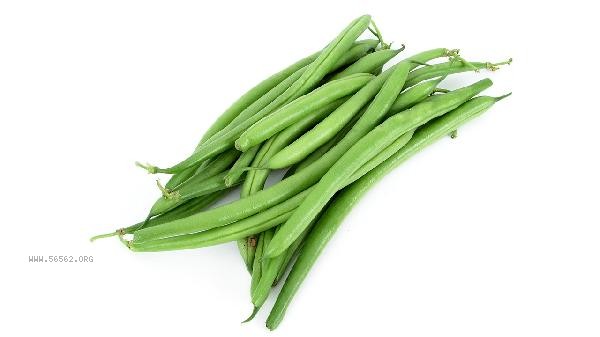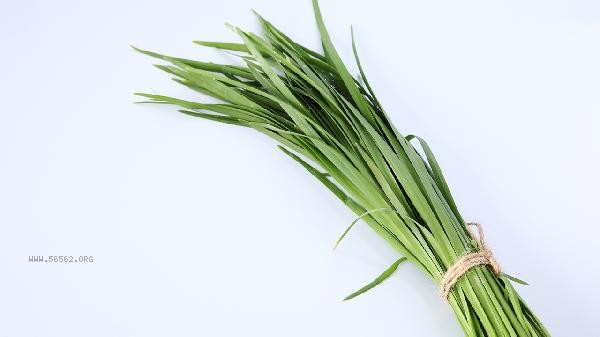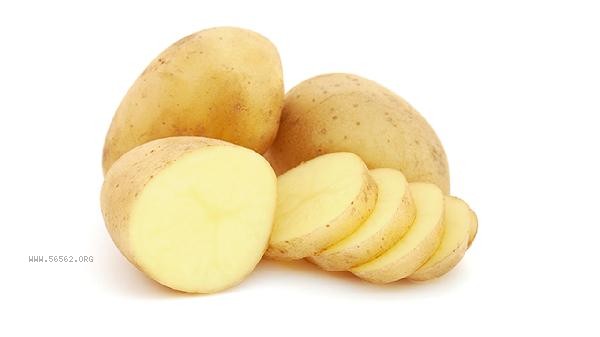Kale can be replaced with dark green leafy vegetables such as broccoli, spinach, mustard greens, lettuce, and amaranth. These vegetables are similar in nutritional value to kale, and are rich in dietary fiber, vitamin C, calcium, and antioxidants, making them suitable for cold dishes, stir frying, or making salads.

1. broccoli
broccoli is rich in vitamin C and dietary fiber, and its antioxidant component, sulforaphane, helps enhance immunity. When cooking, it is recommended to blanch quickly and then stir fry or stir fry, which can maximize the retention of nutrients. The texture of the flower buds of broccoli is similar to that of kale leaves, making it suitable as a salad base.
2. Spinach
Spinach has a high iron content and is also rich in folate and vitamin K, making it suitable for people with anemia to supplement their nutrition. Young leaves can be eaten raw directly, while old leaves need to be blanched to remove oxalic acid. Compared to kale, spinach has a softer texture and is suitable for making fruit and vegetable juices or sandwiches.
3. Mustard Blue
Mustard blue has a higher calcium content than milk and contains anti-cancer substances such as glucosinolates. The crispy and tender stem is suitable for quick frying, and the leaves can replace kale to make baked vegetable slices. It is recommended to use high temperature for short-term processing during cooking to avoid nutrient loss.

4. Oily lettuce
Oily lettuce has high moisture content and low calories, and is rich in potassium and lutein. Its crisp taste is similar to that of kale, making it suitable for making light salads. Due to the thin leaves, it is recommended to mix and eat them fresh to avoid oxidation and softening.
5. Amaranth
Amaranth has twice the iron content of spinach, and is also rich in anthocyanins and magnesium elements. Red amaranth soup is bright and can replace kale to make colorful vegetable soup. Tender leaves are suitable for cold mixing, while old stems need to be cooked for a longer period of time until soft and tender.

When choosing alternative vegetables, attention should be paid to nutritional balance. It is recommended to consume more than 300 grams of dark vegetables per day, which can be rotated to ensure balanced nutrition. Special populations such as kidney disease patients should control their intake of high potassium vegetables, while gout patients should limit spinach rich in oxalic acid. All vegetables should be thoroughly washed before consumption. For cold dishes, it is recommended to quickly blanch them in boiling water to remove pesticide residues. People with sensitive gastrointestinal tract should avoid eating raw. Pairing with olive oil or nuts can promote the absorption of fat soluble vitamins and avoid the loss of water-soluble vitamins caused by prolonged cooking.








Comments (0)
Leave a Comment
No comments yet
Be the first to share your thoughts!